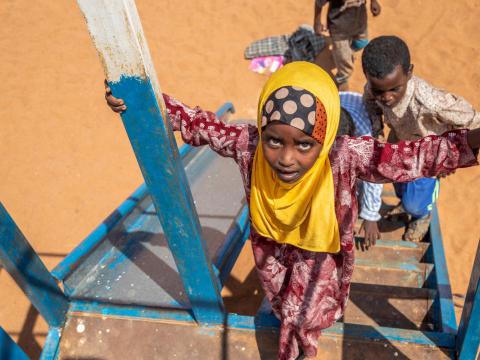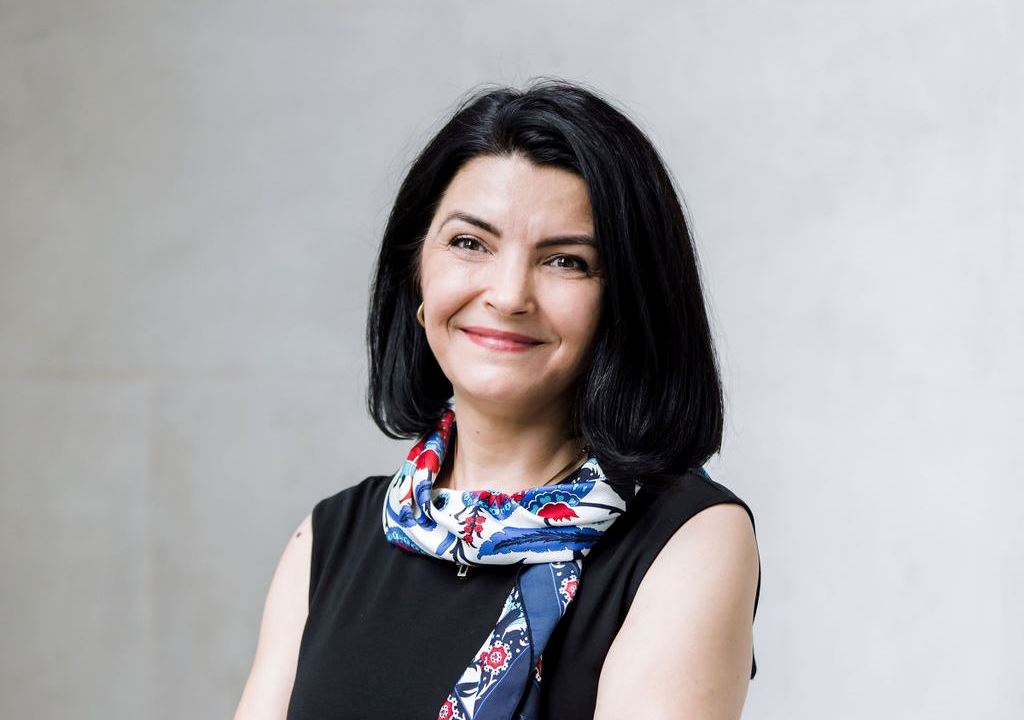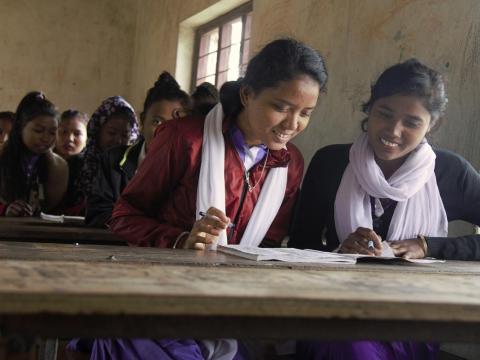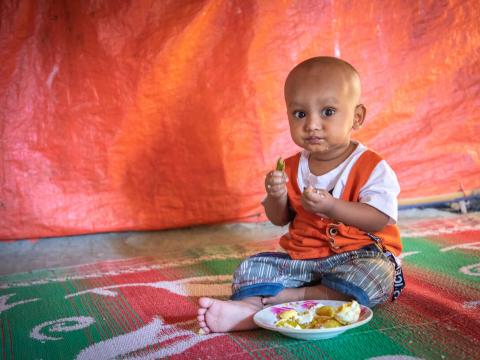
What do our broken promises teach children?
By Dana Buzducea and Dr Belinda Bennet
Children bear the brunt of many adults’ mistakes, our misunderstandings, our inability to manage our stress, or our emotions, or our lives. One billion children were experiencing violence every year before the COVID-19 crisis. The stress, lockdown, and poverty that this crisis is generating will likely result in at least another 85 million children falling victim to violence.
The COVID-19 pandemic’s effects on education and the economy could reverse decades of progress on child marriage and pregnancy. Up to 2.5 million more girls around the world are at risk of marriage in the next five years because of the COVID-19 pandemic. And children’s access to help has taken a huge hit, with an estimated 80% of services that address violence against children disrupted due to restrictions.
The long-term social costs of violence against children are significant and worrying, in whatever environment and context it is happening. Exposure to violence compromises a child’s mental and social development, hampers educational outcomes and reduces opportunities for gainful employment.
We have a better understanding of this than we did even five years ago. We know more about why violence happens, where it happens, and how it affects children. We have more governments publicly committed to prioritising this issue – more than 31 Pathfinding Countries in fact – and a global commitment to eradicate violence against children, through Agenda 2030 for Sustainable Development. But we also have a bigger number of children exposed to violence, including a growing number of children facing extreme forms of violence. And the investment in fighting this phenomenon is not matching the need.
In 2017, our organisations commissioned a review of Overseas Development Assistance (ODA) to find out how much government spending was going to ending violence against children. We found that less than 0.6% of ODA was being prioritised on ending violence against children – we were counting mere pennies spent to change children’s lives.
We were counting mere pennies spent to change children's lives.
We asked donors to increase this allocation, invest in children and to track spending on ending violence against children. Without knowing how much is spent it is difficult to monitor annual contributions to achieving commitments both in the Addis Ababa Action Agenda and the 2030 Agenda for Sustainable Development.
Three years later, we repeated the research. Based on 2018 data, we can say things have improved to 0.95% of total development assistance, but children’s needs still far outstrip donor commitment. Worsening violence against children means the funding per child has changed by one tiny cent (from $0.68 to $0.69).
Why is this issue, which affects an eye-watering number of children and has lifelong consequences, still so low in the pecking order of priority and funding? How can we address it in a way that means we might finally see real progress? We have some ideas…
- The silent scream Violence against children often happens in the shadows, which is why prolonged COVID-19 lockdowns are so terrifying for vulnerable children. It has not been a visible social phenomenon, but the economic cost and pain of children in places we cannot see it are intense. No one can say they do not know this is an issue anymore – COVID-19 has highlighted the vulnerability of so many children, as up to 66 million more fall into extreme poverty and the associated increase in child labour.
- Unpaid bills Refusal to increase the allocation funding for children is like postponing a bill – you know it needs to be paid, and you know putting it off means it will continue to grow. This bill must be paid, by both national governments and donors. Foreign aid plays a critical role in catalysing national investments and ensuring that children in the worst places are still protected from violence. What we can solve now with $1 will cost 8% more every year (the GDP impact of violence against children). As that compounds, so too does the cost our children will be paying – in lives, and in the devastating impact violence has on whole societies.
- There is will, but we are losing our way Our experience in development and advocacy have taught us how valuable political will is. We know how hard it is to move from having little capacity, no funding, and inability to respond to need, to a place with strong policies and regulation, good implementation practice – and budgets to make policy come alive. Key to this – in some cases, the biggest hurdle – is political will. We have this for ending violence against children. We must match political will with funding to accelerate national actions. Neglecting to do so would be a missed opportunity.
- Commitment phobia Investment in ending violence against children has to be systemic if we are to see sustainable change. We need to see well-thought-through strategies that deliver long-lasting solutions, backed up by sustained funding. Our report shows there is increased funding for the small INSPIRE group of solutions we know work, but this must be longer-term – and done in strong partnership with receiving country governments. Mutually accountable relationships, held together by shared commitment and agreed long-term plans, are vital.
We are still in the middle of a crisis that continues to demonstrate how interconnected our world is. Today, the effects of the COVID-19 pandemic threaten to reverse decades of progress in ending child marriage and child labour. In the future, climate change will increasingly become a threat multiplier. We’ve seen in Syria that fragility in one country doesn’t only ruin the lives of the children living through it – the effects spill over to entire regions. Fragility and instability stoke the fire of violence against children, and they – and we – will live with the effects of this for generations to come. Children deserve more than a few pennies.
Dana Buzducea is World Vision's Partnership Leader for Advocacy and External Engagement (follow her on Twitter @DanaBuzducea), and Dr Belinda Bennet is Chief International Programs Officer at Children Believe.



